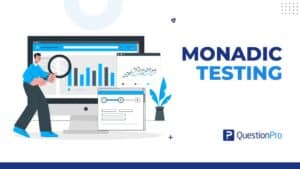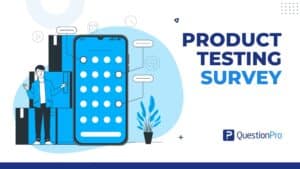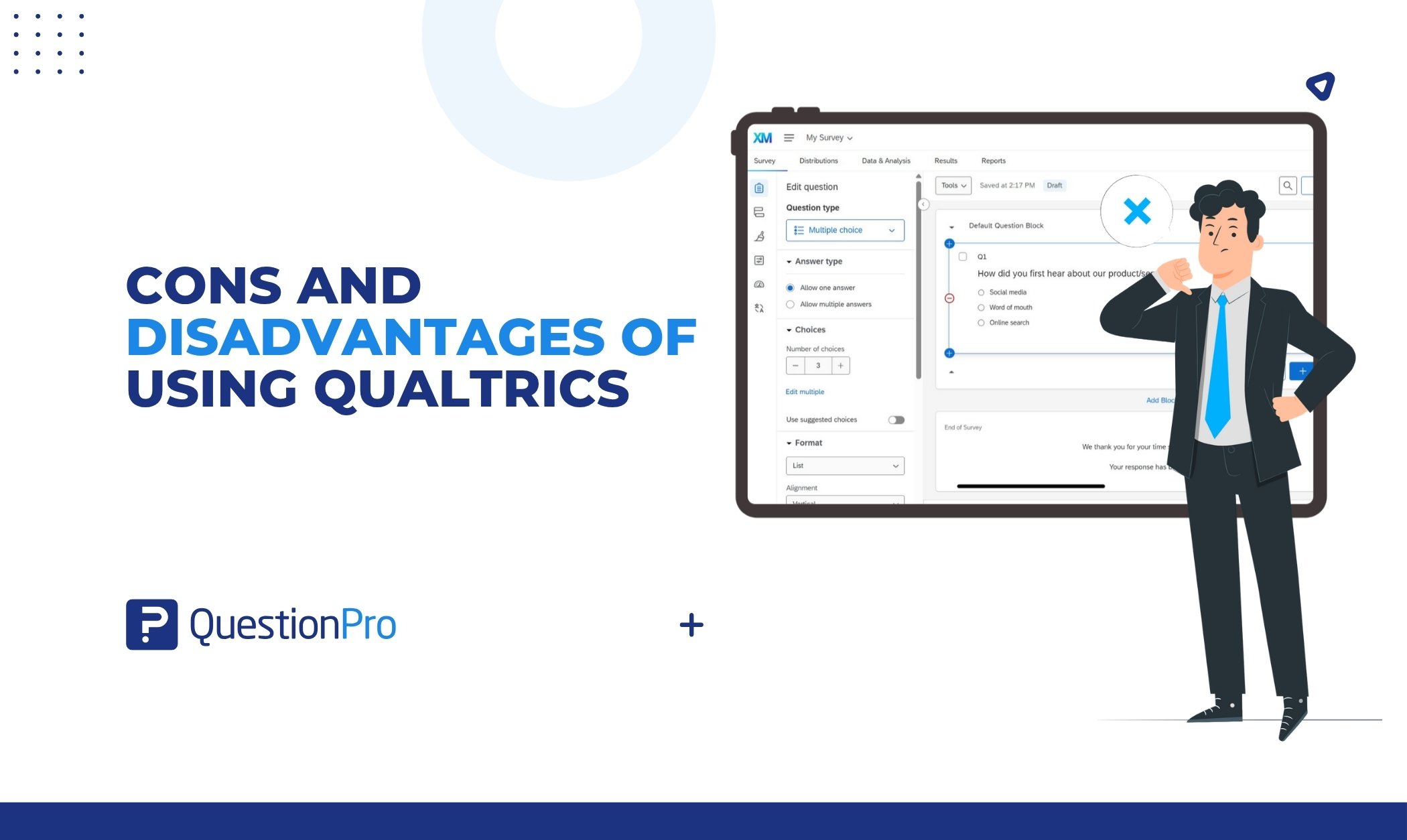
Online survey platforms have become essential for businesses, researchers, and educators looking to collect data efficiently. Among the most popular tools on the market is Qualtrics, a robust platform widely used for academic research, enterprise feedback, and complex surveys. While its capabilities are impressive, there are some significant cons and disadvantages of using Qualtrics for surveys.
Before you invest time or budget into the platform, it’s worth exploring the 7 key cons and disadvantages of using Qualtrics for surveys. Understanding these potential roadblocks will help you decide whether it’s the right fit or if a more flexible, user-friendly alternative might serve you better.
7 Cons and Disadvantages of Using Qualtrics
Qualtrics survey platform has powerful features and enterprise-level capabilities. However, like any tool, it’s not without its drawbacks. Whether you’re a small business, a researcher, or part of a large organization, it’s important to consider the potential downsides before fully committing. Here, we’ll explore the top 7 cons and disadvantages of using Qualtrics to help you decide if it truly fits your needs.
1. Complex Data Handling & Export
Collecting responses is just one part of the survey process; the real work often starts when it’s time to actually use the data. And this is where many users find Qualtrics more complicated than expected.
The platform appears to offer everything you need, including downloadable spreadsheets, SPSS support, filtering tools, and built-in dashboards. But once you start working with the data, things can get a little messy.
Here’s what users often run into:
- Cluttered exports
The exported files are packed with extra information metadata like timestamps, IDs, and system fields that can make your spreadsheet feel overwhelming. If you’re just trying to look at your actual answers, you’ll probably spend time cleaning things up first.
- Blank columns everywhere
If your survey includes skip logic or conditional questions, your exported data will have columns that are empty for a lot of respondents. That’s expected, but if you’re not used to it, it can make the data feel disorganized or confusing.
- SPSS? Get ready to clean
If you use SPSS for analysis, the raw export may come with oddly labeled variables or inconsistent formatting that needs to be cleaned or renamed before you can even start working with it.
- Reporting isn’t always plug-and-play
While Qualtrics has some helpful built-in reports and dashboards, customizing them takes effort and patience. Creating visual reports or cross-tab views can require a lot of trial and error if you’re not familiar with the system.
2. Limited Customization in Reporting and Dashboards
Qualtrics gives you built-in reports and dashboards, but they’re fairly basic. The visuals are functional, not fancy, and customizing them to match your brand or make them presentation-ready can be frustrating. You don’t get much control over chart styles or layouts unless you’re on a higher-tier plan.
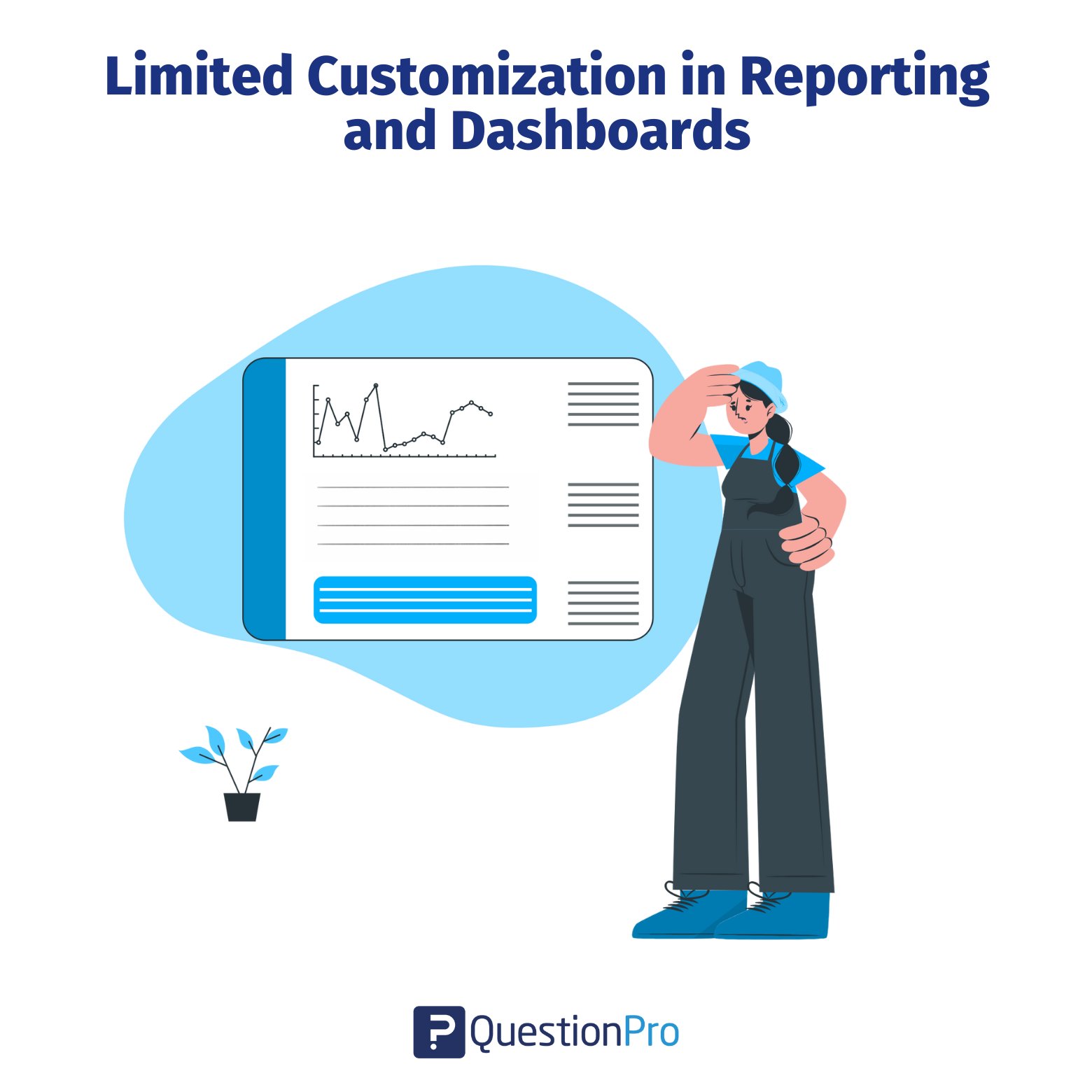
Filtering data or comparing responses across different groups is possible, but not always intuitive. Many users end up exporting their data to Excel or Google Sheets just to create clearer, more polished reports. If sharing clean, customized insights is important to you, Qualtrics’ default tools might feel like more of a starting point than a finished solution.
3. Slow & Inconsistent Customer Support
When something goes wrong or you’re stuck mid-project, good customer support can make all the difference. Unfortunately, with Qualtrics, getting help isn’t always quick or easy. Many users report slow response times, especially if you’re not on a premium plan.
Sometimes you’ll get bounced between different agents, and other times the replies feel generic or overly technical. When you’re dealing with a survey issue or a tight deadline, waiting hours or even days for a clear answer can be really frustrating.
4. Lack of Transparent Pricing
One of the most confusing and, honestly, frustrating parts about using Qualtrics is trying to figure out how much it actually costs. Unlike many other survey platforms that clearly list their pricing tiers and features online, Qualtrics doesn’t make that information easy to find. Instead, you’re often asked to “get in touch with sales” or “request a quote,” which usually means sitting through a demo or email chain before you get a straight answer.
This lack of transparency can be a real turn-off, especially for small businesses, educators, or nonprofits who just want to know whether the platform fits within their budget. It also makes it harder to compare Qualtrics to other tools, since you’re not even sure what’s included in each plan or how much extra you might end up paying for things like logic branching, branding, or reporting tools.
At the end of the day, if you value knowing exactly what you’re signing up for (and how much it’ll cost), the Qualtrics pricing model can feel like you’re being kept in the dark.
5. Hidden Costs & Professional Services Fees
While the core survey tools are powerful, many of the extras you may assume are included, like advanced customization, specialized dashboards, or complex logic, often come at an additional cost. These aren’t always clearly stated upfront, which can be frustrating when budgeting for a project.
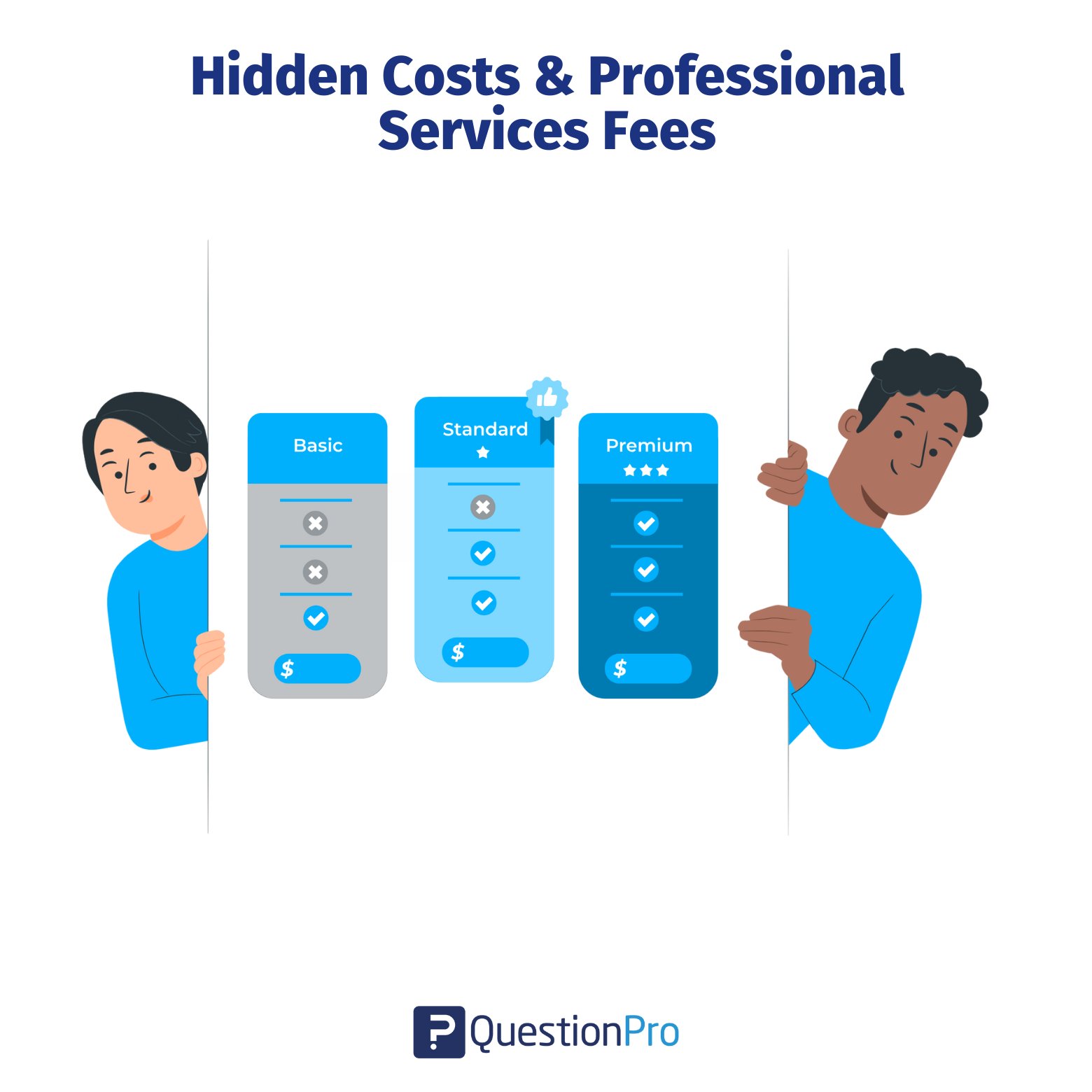
Here are some common areas where extra fees may pop up:
- Advanced features or modules (e.g., conjoint analysis, custom dashboards, API access)
- Professional services for survey design, logic setup, or integrations
- Custom branding and themes that go beyond basic templates
- Additional user seats or response volume beyond your plan’s limit
- Ongoing technical support beyond what’s included in your contract
For organizations with straightforward needs, these extras may not be necessary, but for anyone running complex research, it’s easy to get pulled into add-ons that inflate the total cost quickly.
And since pricing isn’t always transparent from the beginning, these charges can catch teams off guard. If you’re not careful, what starts as a promising platform can end up costing much more than you expected.
6. Missing or Incomplete Features
For a platform as powerful and well-known as Qualtrics, you’d expect it to have all the basics covered. But surprisingly, some simple, everyday features are either missing or strangely difficult to configure.
Things like basic filter controls in dashboards or creating a clean single-select dropdown feature you’d assume are standard can either be overly complicated or just not available in the way you’d expect.
This can be frustrating, especially if you’re trying to build something quickly or replicate a workflow you’ve done easily in other tools. Instead of focusing on your survey content or insights, you might find yourself stuck Googling workarounds or reaching out to support for something that should feel intuitive.
For users who value both depth and simplicity, this kind of friction can really slow things down, and it makes the learning curve steeper than it should be.
7. Performance Issues and UI Bugs
Despite its enterprise status, Qualtrics can sometimes perform poorly, especially when working with large surveys or datasets. Users have reported lag, unexpected UI changes following updates, bugs in logic or dashboards, and occasional failures that disrupt workflows.
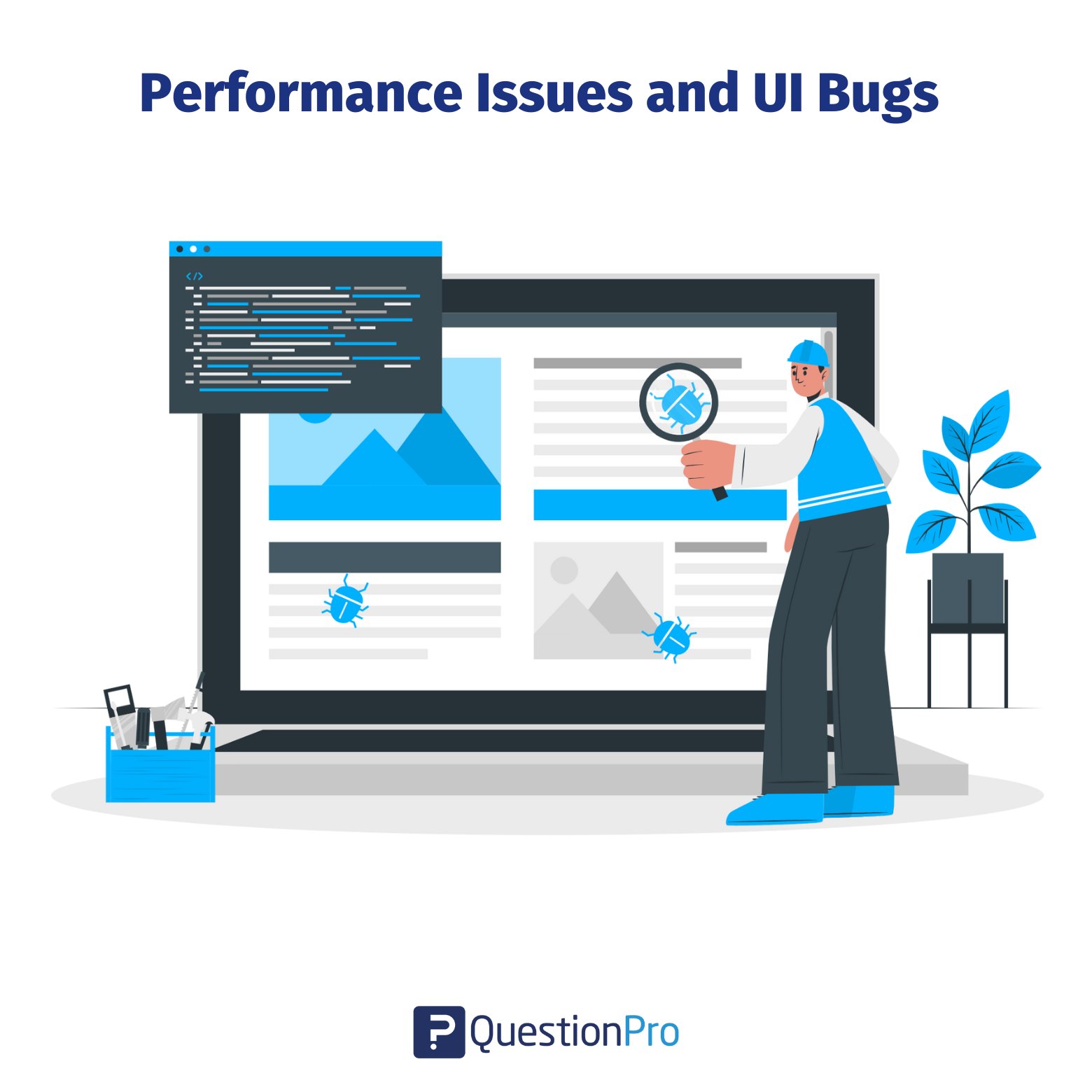
Other Limitations of Qualtrics in Data Collection and Analysis
While Qualtrics is known for its advanced survey capabilities and enterprise-grade tools, it’s not without shortcomings, especially when it comes to how it handles data after collection. For users expecting deep insights or flexible analysis right within the platform, a few limitations can stand in the way.
1. Limited Real-Time Collaboration Features
Collaboration is key when teams are working together on large research projects. Unfortunately, Qualtrics lacks smooth real-time collaboration features like:
- Shared editing
- Commenting or
- Live version tracking
This can slow down workflows, especially for cross-functional teams that need to review, edit, or build surveys together.
2. Restrictive Cross-Survey Data Integration
If you’re managing multiple surveys, such as a customer satisfaction survey or longitudinal research, combining data across surveys isn’t straightforward. There’s no native way to merge datasets or link responses between separate projects, which means you often have to do this manually outside the platform, wasting time and increasing the risk of errors.
3. Limited Out-of-the-Box AI or Predictive Analytics
While Qualtrics has made moves toward AI-powered features, these tools are still fairly limited or hidden behind costly Experience Management (XM) packages. Users hoping for smart text analysis, sentiment scoring, or predictive modeling often find themselves needing third-party tools or advanced integrations.
4. Clunky Mobile Survey Experience
Qualtrics surveys are technically mobile-responsive, but the mobile experience is not always smooth.
- Layouts can break
- Embedded content may not render well and
- Long surveys often become cumbersome to complete on smartphones
Potentially, it leads to higher drop-off rates.
Why Choose QuestionPro over Qualtrics?
If you’ve been using or considering Qualtrics, you probably already know it’s a powerful survey tool, especially for large enterprises. But that power often comes with a steep learning curve, hidden costs, and a few frustrations along the way. That’s where QuestionPro shines. It offers many of the same key features as Qualtrics, but in a more user-friendly and affordable way. Let’s break it down.
1. Offline Mobile Data Collection
QuestionPro provides a dedicated mobile app that lets you create surveys offline, perfect for:
- Fieldwork
- In-person interviews or
- Areas with spotty internet
Survey responses sync automatically when connectivity is restored. Qualtrics offers offline apps, too, but setup and syncing can be more complicated.
2. Built-In Conjoint, MaxDiff & Heatmaps
QuestionPro includes advanced tools like conjoint analysis, MaxDiff, customer feedback, and heatmap feedback out of the box. These options enable rich customer research directly within the platform no need for add-ons or pricey plans. Qualtrics offers these, too, but often locked behind separate, costly modules.
3. Better Longitudinal & Panel Study Support
For multi-wave research or panel tracking, QuestionPro offers streamlined panel management and community tools. You can follow respondents over time without losing data fidelity or dealing with manual merges. Qualtrics can handle longitudinal designs, but requires more manual coordination or professional services.
4. Flexible, Tiered Pricing with Value
Unlike Qualtrics, which hides pricing behind gatekeepers, QuestionPro offers clear plan options on its website, starting at just $99/month, and scales up to team and enterprise levels with predictable pricing tiers.
Conclusion
While Qualtrics is a powerful and well-known survey platform, it isn’t always the easiest or most affordable option, especially for users who value simplicity, transparency, and quick support. From complex data analysis to hidden costs and limited customization, the platform can become frustrating if you’re not on a high-tier enterprise plan.
That’s why many users are turning to QuestionPro instead. It offers the features you actually need, without making things complicated or costly. From easier survey design to more flexible reporting and transparent pricing, it’s built to support you, not slow you down. If you want a tool that works with you, not against you, QuestionPro is worth a closer look.
Frequently Asked Questions (FAQs)
Answer: Many users report that Qualtrics has a steep learning curve due to its advanced feature set. Even simple workflows like branching, data embedding, or logic setup require technical know-how or extensive trial and error, making it challenging for non-technical users.
Answer: Yes. While you may start with a base subscription, many features, such as custom dashboards, additional user seats, or advanced modules (e.g., MaxDiff or conjoint) often incur extra fees or require professional services.
Answer: Users have reported performance issues like slow dashboard rendering, lag during logic or reports, and occasional glitches, especially when working with heavy or lengthy surveys.
Answer: Support experiences vary. While enterprise clients may receive priority support, many users on smaller or mid-tier plans report delays, being shuffled between agents, or receiving responses that don’t fully solve their problem.
Answer: For many users, the user interface feels dated and text-heavy. Surveys and logic tools are powerful but not intuitive, and menus require frequent clicks. New users especially find it less polished compared to tools with modern drag-and-drop designs.




